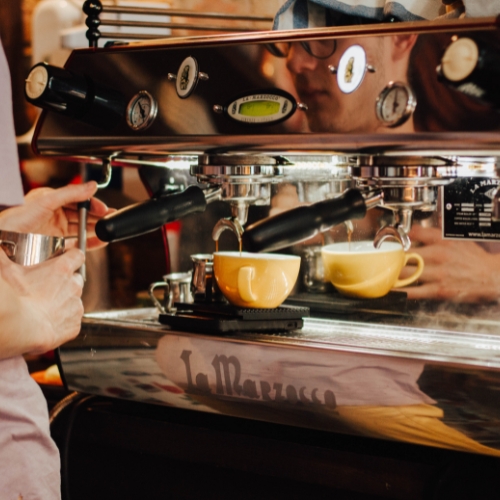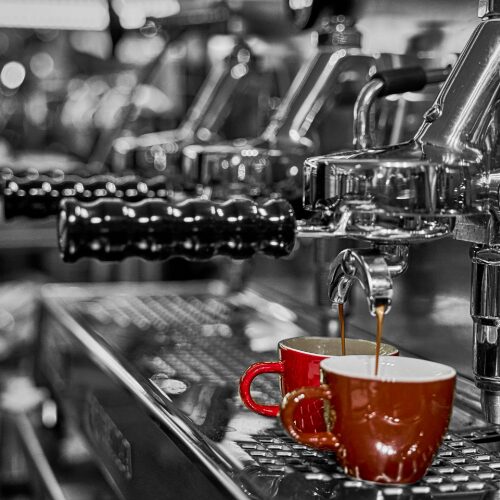

In the vibrant world of coffee, selecting the right espresso machine can profoundly impact both the quality of your brew and the efficiency of your coffee-making process. Among the myriad decisions to make, one crucial consideration is the number of groups featured on the machine. Whether you’re a discerning home barista aiming for perfection or a café owner in bustling Dubai looking to optimize operations, understanding the differences between two-group and three-group espresso machines is essential. Let’s delve into this comparison to help you navigate your choice wisely.
1. Size and Capacity:
The most apparent difference between two-group and three-group espresso machines is their physical size and brewing capacity. A two-group machine, as the name suggests, features two brewing groups, making it more compact and occupying less counter space compared to a larger three-group machine. This size difference is particularly important in Dubai, where space can be a premium in busy cafes or home kitchens.
2. Output and Throughput:
The number of groups directly correlates with the machine’s capacity to brew espresso shots simultaneously. A two-group machine can produce two shots at once, while a three-group machine can handle three, significantly influencing the throughput during peak hours. This capability is crucial for efficiently meeting customer demand in Dubai’s bustling coffee scene, where speed and quality are paramount.
3. Versatility and Efficiency:
Three-group espresso machines excel in versatility, accommodating multiple orders and diverse drink menus simultaneously. They can brew espresso shots, steam milk, and prepare other beverages across their three groups, optimizing workflow and enhancing efficiency in commercial settings. This versatility is beneficial for wholesalers in Dubai catering to diverse customer preferences and high-volume orders.
4. Cost Considerations:
While three-group machines generally come with a higher upfront cost and potentially higher maintenance and utility expenses, they offer a compelling return on investment for businesses experiencing high demand or planning for growth in Dubai’s competitive coffee market. Conversely, two-group machines are more budget-friendly initially and may suffice for smaller-scale operations or home setups.
5. Workflow and Customer Experience:
Efficient workflow management is crucial for delivering prompt service and maintaining customer satisfaction in Dubai’s fast-paced café environment. A well-organized workflow facilitated by a three-group machine ensures that baristas can handle multiple orders seamlessly, reducing wait times and enhancing the overall customer experience. Even with a two-group machine, effective workflow practices and training can optimize productivity and service quality.
Conclusion:
Whether you’re operating a bustling café in Dubai or perfecting your home espresso setup, choosing between a two-group and three-group espresso machine involves careful consideration of space constraints, output requirements, budget considerations, and operational needs. Both options offer distinct advantages depending on your specific circumstances and goals.
By weighing these factors and understanding the differences highlighted in this comparison, you can confidently select an espresso machine that aligns with your vision for exceptional coffee quality and customer satisfaction. Whether sourced from local wholesalers or international suppliers, investing in a high-quality espresso machine ensures you’re equipped to deliver outstanding coffee experiences, making your mark in Dubai’s vibrant coffee culture. Cheers to brewing excellence, no matter which machine you choose!